Kids love nature, but with the big focus on STEM topics/projects in schools lately, do you find encouraging outdoor exploration in schools to be more difficult?
Getting kids outside is a struggle, but I don’t think that incorporating engineering-design projects into the curriculum is preventing it. The problem is that, in many schools, teachers aren’t allowed to take students beyond the playground.
I used to offer an author visit program that involved taking students into wooded areas near the school. I would ask children to find a living thing or natural object that interested them, make a sketch, and then write a description. But I had to stop doing it. Being in nature was so novel to the students, so exciting that they went wild. I just couldn’t get them to settle down and focus. Neither could their teachers. I was really disappointed. Kids need repeated, extended periods of time in nature to learn how to appreciate it and respect it.
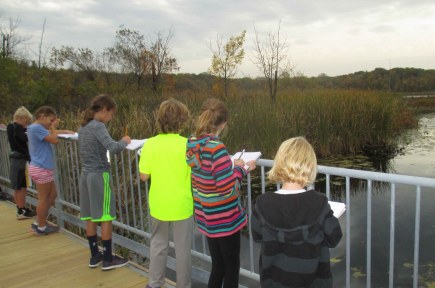 I recently did a poetry project with a group of students in Michigan who routinely visit a wetland near their school, focusing on what they see and how the land and water change throughout the year. That project went very well because the students were used to going to this natural place. They knew that they’d have the best experience if they remained quiet and calm. We saw frogs and ducks and turtles, and the children wrote amazing poems.
I recently did a poetry project with a group of students in Michigan who routinely visit a wetland near their school, focusing on what they see and how the land and water change throughout the year. That project went very well because the students were used to going to this natural place. They knew that they’d have the best experience if they remained quiet and calm. We saw frogs and ducks and turtles, and the children wrote amazing poems.
 For me, the natural world is a sanctuary, a place where I can escape from the noise and demands of everyday life. Children need a place like that, but very few are allowed to explore natural areas and discover the pure joy of imaginary, unstructured play. I hope that more schools can implement programs like the one in Michigan. Kids are the voters of the future. If we want to preserve and protect wildlife and wild places, young people need to understand their value.
For me, the natural world is a sanctuary, a place where I can escape from the noise and demands of everyday life. Children need a place like that, but very few are allowed to explore natural areas and discover the pure joy of imaginary, unstructured play. I hope that more schools can implement programs like the one in Michigan. Kids are the voters of the future. If we want to preserve and protect wildlife and wild places, young people need to understand their value.
You’ve written more than 180 science books! Has your approach to writing changed over the years?
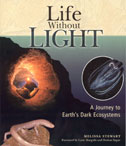
My first book, Life Without Light: A Journey to Earth’s Dark Ecosystems was published in 1998—20 years ago. As this article in School Library Journal explains, nonfiction for children has gone through some tremendous changes in that time, evolving into five distinct categories.
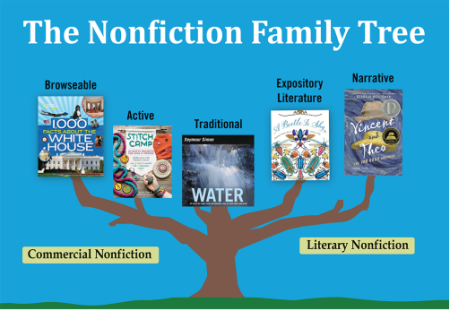 To have a long career, writers need to be agile and flexible. They have to be willing to reinvent themselves and experiment with new writing styles and techniques. For example, at one time, a nonfiction manuscript with a strong voice would have been rejected by editors, but now voice is an important component of nonfiction books for children. Because narrative nonfiction and expository literature include more narrowly-focused topics than traditional nonfiction, authors are free to be more creative than ever before. They can experiment with innovative formats and text structures. They can infuse their manuscript with rich, engaging language. Today’s nonfiction must delight as well as inform.
To have a long career, writers need to be agile and flexible. They have to be willing to reinvent themselves and experiment with new writing styles and techniques. For example, at one time, a nonfiction manuscript with a strong voice would have been rejected by editors, but now voice is an important component of nonfiction books for children. Because narrative nonfiction and expository literature include more narrowly-focused topics than traditional nonfiction, authors are free to be more creative than ever before. They can experiment with innovative formats and text structures. They can infuse their manuscript with rich, engaging language. Today’s nonfiction must delight as well as inform.
Tell us about your newest picture book, Pipsqueaks, Slowpokes, and Stinkers: Celebrating Animal Underdogs. How did you get the idea? What was the creative process like?
 I’ve been fascinated by animal superlatives for as long as I can remember. After all, who doesn’t admire the world’s biggest, fastest, strongest creatures? But in early 2013, I began thinking about anti-superlatives—the smallest, slowest, weakest animals. Maybe I could write a book about them.
I’ve been fascinated by animal superlatives for as long as I can remember. After all, who doesn’t admire the world’s biggest, fastest, strongest creatures? But in early 2013, I began thinking about anti-superlatives—the smallest, slowest, weakest animals. Maybe I could write a book about them.
One morning, I woke up with the beginning of the book in my head and ran to my notebook. Later, as I typed the text into a computer file, I realized that this wasn’t going to be just an anti-superlative book. It was going to be an anti-bullying book too. And to write it, I’d have to revisit some painful parts of my childhood. This was going to be a book only I could write, but it would come at a price, and that scared me. So I shut the file.
Six months later, I convinced myself to just add some research notes to the file. I wasn’t writing. I was just assembling information. Eventually, I could see that all the pieces were falling into place, and I finally felt brave enough to write the ending. I was committed.
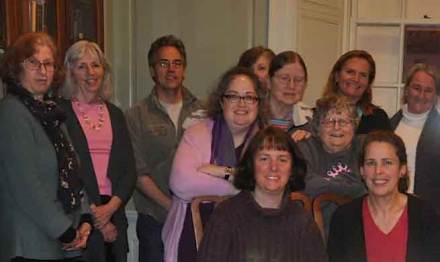 After finishing the middle of the book, I shared SMALLEST, SLOWEST, WEAKEST with my critique group. They pointed out many problems, but author-illustrator Steve Anderson saw my vision clearly and gave me an incredible gift—the title Pipsqueaks, Slowpokes, and Stinkers.
After finishing the middle of the book, I shared SMALLEST, SLOWEST, WEAKEST with my critique group. They pointed out many problems, but author-illustrator Steve Anderson saw my vision clearly and gave me an incredible gift—the title Pipsqueaks, Slowpokes, and Stinkers.
In December 2014, I did a week of school visits in Summit, NJ. Each day after school, I dug into the manuscript. All that time with no distractions really paid off. By the time I went home, the book’s pacing was working, and I’d settled on just the right set of animal examples. I was ready to submit it.
The manuscript was rejected twice, but after making some revisions, it was finally accepted in the summer of 2015. Following another round of revisions with my editor, the manuscript was sent to the talented and hilarious illustrator Stephanie Laberis. I just love her art, especially the cover. I’m looking forward to sharing this book with kids.

I know you’ve traveled to some exciting places to gather information for your books. Do you have a favorite experience? Looking ahead, what destination is on your bucket list?
I’ve done research all over the world, but my favorite trip was going on safari in Kenya and Tanzania. I couldn’t believe that I was seeing so many amazing animals at once—elephants, giraffes, hippos and rhinos, zebras, cheetahs, leopards, lions. It was a dream come true.
One place I’d really like to go is Alaska. I’d love to see the tundra in the spring or summer.
If you could have dinner with three famous scientists, who would you invite?
Hmm. That’s a great question. Assuming it’s okay to resurrect people from the dead for this fantasy dinner, I’m going to choose three female scientists who I truly admire—Marie Currie, Rachel Carson, and Lynn Margulies.
Thanks so much for your questions, Jennifer. I’ve had a lot of fun answering them.
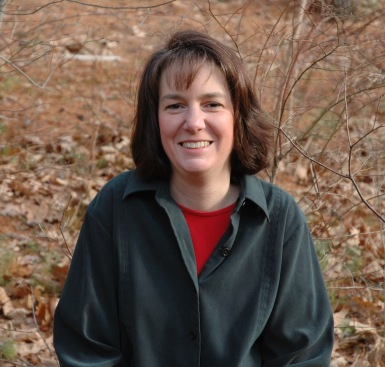 Melissa Stewart is the award-winning author of more than 180 nonfiction books for children, including Pipsqueaks, Slowpokes, and Stinkers: Celebrating Animal Underdogs, illustrated by Stephanie Laberis, Can an Aardvark Bark?, illustrated by Caldecott Honoree Steve Jenkins; No Monkeys, No Chocolate, illustrated by Nicole Wong; and Feathers: Not Just for Flying, illustrated by Sarah S. Brannen. She maintains the blog Celebrate Science (http://celebratescience.blogspot.com) and serves on the board of advisors for the Society of Children’s Writers and Illustrators. www.melissa-stewart.com
Melissa Stewart is the award-winning author of more than 180 nonfiction books for children, including Pipsqueaks, Slowpokes, and Stinkers: Celebrating Animal Underdogs, illustrated by Stephanie Laberis, Can an Aardvark Bark?, illustrated by Caldecott Honoree Steve Jenkins; No Monkeys, No Chocolate, illustrated by Nicole Wong; and Feathers: Not Just for Flying, illustrated by Sarah S. Brannen. She maintains the blog Celebrate Science (http://celebratescience.blogspot.com) and serves on the board of advisors for the Society of Children’s Writers and Illustrators. www.melissa-stewart.com